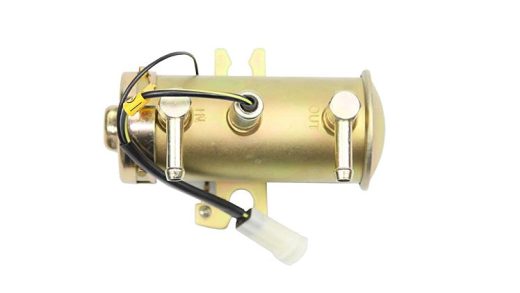Car seats play a crucial role in providing comfort and enhancing the overall aesthetics of a vehicle’s interior. However, have you ever wondered what materials are used to cover car seats? In this comprehensive guide, we will delve into the world of car seat cover materials, exploring their characteristics, benefits, and the latest trends. Whether you are a car enthusiast or simply curious, this article will equip you with the knowledge to make informed decisions when it comes to choosing the perfect car seat cover material.
1. Leather: The Epitome of Luxury and Durability
Leather has long been synonymous with luxury and elegance in the automotive industry. Renowned for its durability and timeless appeal, genuine leather car seat covers exude sophistication. They offer excellent resistance to wear and tear, making them a popular choice among car owners. However, it is important to note that genuine leather requires proper care and maintenance to retain its pristine condition.
2. Synthetic Leather: A Budget-Friendly Alternative
For those seeking the luxurious look of leather without breaking the bank, synthetic leather, also known as faux leather or vinyl, is an excellent option. Made from a combination of polyvinyl chloride (PVC) and polyurethane (PU), synthetic leather offers a similar appearance to genuine leather. It is more resistant to stains and fading, making it a practical choice for everyday use. Additionally, synthetic leather is easier to clean and maintain, making it a popular choice for families and pet owners.
3. Fabric: Versatility and Comfort Combined
Fabric car seat covers provide a wide range of options in terms of colors, patterns, and textures. They offer a comfortable seating experience and are often more breathable than leather alternatives. Fabrics such as nylon, polyester, and microfiber are commonly used due to their durability and resistance to stains. Moreover, fabric covers can be easily customized and are often more affordable than leather options.
4. Neoprene: The Perfect Blend of Style and Functionality
Neoprene, a synthetic rubber material, has gained popularity in recent years due to its sporty and sleek appearance. Originally used in wetsuits, neoprene car seat covers offer excellent water resistance and durability. They are also resistant to fading and provide a snug fit, ensuring a comfortable driving experience. Neoprene covers are particularly favored by outdoor enthusiasts and those seeking a modern and trendy look for their car interiors.
5. Innovative Materials: Keeping Up with the Times
As technology advances, so does the world of car seat cover materials. Manufacturers are constantly exploring innovative options to enhance comfort, durability, and sustainability. Some of the latest trends include materials infused with cooling properties, antibacterial treatments, and eco-friendly alternatives such as recycled materials or vegan leather. These advancements ensure that car seat covers not only meet the demands of today’s consumers but also contribute to a greener future.
Conclusion:
Choosing the right material to cover car seats is a decision that should be based on personal preferences, lifestyle, and budget. Whether you opt for the timeless elegance of genuine leather, the affordability of synthetic leather, the versatility of fabric, or the sporty appeal of neoprene, understanding the characteristics and benefits of each material is essential. By staying informed about the latest trends and advancements, you can make an informed choice that not only enhances the aesthetics of your car but also provides comfort and durability for years to come.



